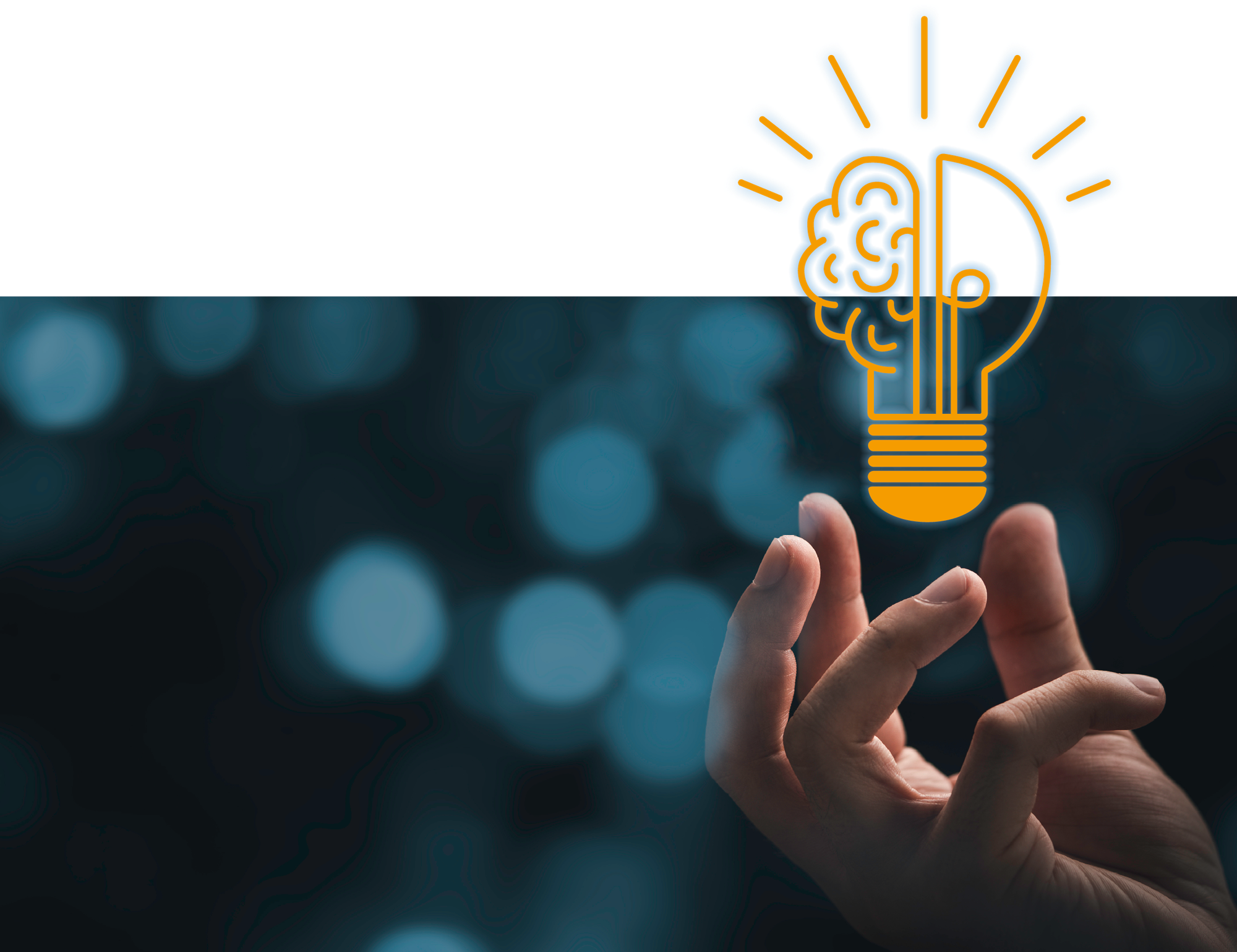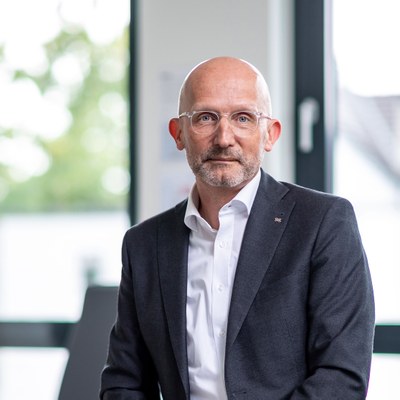The impact of science

istockphoto/Dilok Klaisataporn
Progress begins in the mind. But how does an idea become a scientific finding, and then go on to become a service or a product? The DLR Projektträger plays a major role in making this transition possible. Two examples demonstrate how this works.
The Network of University Medicine
Ralf Heyder, Network of University Medicine Coordination Office, Charité Berlin: "During consultations with the German government in March 2020, it soon became clear that we could only address the Covid-19 pandemic if we effectively pooled our research findings and clinical knowledge and quickly made them available for patient care. This meant connecting all 36 university hospitals in Germany as part of a single network. For us at the Coordination Office, the first challenge was to bring all stakeholders together. After that, we needed to provide cross-site data infrastructure that allowed patient data to be collected, stored and shared in a standardised way, in compliance with data protection regulations. During this phase, the DLR Projektträger supported us with its many years of experience, including supervising the Medical Informatics Initiative of the Federal Ministry of Education and Research (BMBF). The legal and administrative requirements for funding could not have been implemented so quickly without the advice of DLR Projektträger. The special challenge about the funding was that we had to get started with the implementation right away, without the usual preliminary planning phase. Today, long- and postCovid patients also benefit from the shared database and the treatment concepts that have been developed. Should a similar situation arise in the future, we have the structure to deal with it."
About the network
The Network of University Medicine, which is funded by the BMBF, was founded in April 2020 as part of the crisis management efforts to combat the Covid-19 pandemic. Its purpose is to coordinate university-based research into Covid-19, jointly collect and evaluate data, and improve the level of preparedness for pandemics in Germany. It also seeks to collate and evaluate action plans and diagnostic and treatment strategies from as many German university hospitals as possible.
The sowento GmbH
Steffen Raach, CEO of the sowento GmbH: "The Eurostars CROWN project centred around optimising floating offshore wind turbines. We implemented it together with a German-Spanish research team. As part of the project, sowento GmbH researched how to make the platforms more stable. We developed the Real-time Observer software application for this purpose. It measures and models the stress on the anchor lines that attach the platforms to the seabed. This allows for better planning and implementation of maintenance work, so that floating offshore wind turbines can be operated more safely overall. We are currently working on bringing the Real-time Observer to market as hardware. The research funding made this possible. The funding for the project was handled by the DLR Projektträger. The project was partially funded, so we also had to contribute our own capital. For companies as young as ours – sowento was founded in 2016 at the University of Stuttgart and has been a limited company since 2018 – this is often the sticking point, as you have to demonstrate how you can make this contribution. This could have quickly become mired in red tape, but the DLR Projektträger demonstrated a lot of openness and trust. Both sides acted very transparently, which is what made the collaboration so successful and enjoyable."
About the Eurostars programme
Eurostars is a cross-border funding programme aimed at innovative small and medium-sized enterprises (SMEs). It provides funding to SMEs that research and develop innovative products, processes or services in bilateral and multilateral cooperation. Eurostars is part of the European Partnership on Innovative SMEs. The partnership is co-funded by the European Union through Horizon Europe. The BMBF supports the German partners of the selected projects.
Greater freedom – more transfer
Interview with Martin Wegner, Head of the Society, Innovation and Technology Division at the DLR Projektträger

When discussing research, people often talk about the transfer of findings. What does 'transfer' actually mean in this context?
: We usually make a distinction between conventional technology transfer and knowledge transfer. Technology transfer is seen as a process for identifying promising ideas and scientific findings, developing them and feeding them into commercial or industrial applications. This can lead to new products and services. Knowledge transfer provides vital impetus for harnessing research findings to the benefit of society and initiating new developments, decision-making and knowledge growth in civil society, politics and business. Ultimately, both technology transfer and knowledge transfer have the common goal of generating economic and societal benefits.
Why is simply conducting the research not enough?
: Society is currently facing a number of profound challenges in terms of geopolitics, security, climate change and environmental protection, so there is a constant need for new technological and social developments. This can only be achieved if we get better at harnessing potential, open up spaces for research and innovation and foster a bold approach to new ideas, findings and concepts. This requires optimal interaction between all stakeholders from the fields of science, business, policy and civil society. The development of the mRNA vaccine against the Covid-19 virus is an example of just how effective it can be when the players involved in research and development combine their forces and focus on a specific goal. The vaccine could only come to market so quickly and assist in the fight against the pandemic because its development had already been funded for many years. Incidentally, the DLR Projektträger played a key role in this and in the subsequent rapid transfer of scientific knowledge to develop a Covid-19 vaccine.
Looking at the entire innovation system, how can transfer be improved? What does the DLR Projektträger think needs to change?
: One crucial step will be to manage the many interlocking public programmes and initiatives that strengthen the research and innovation system. The DLR Projektträger will play a central role in this. We need to take more risks while ensuring that taxpayers' money is used responsibly. This requires funding programmes that are planned and implemented in a targeted manner, and where progress is transparent in terms of implementation and the effects achieved. We also need new and more flexible funding formats that are capable of challenging existing systems, processes and technologies. This means seizing the opportunities presented by digitalisation and simplifying and accelerating funding. In specific terms, the principle of annuality in the Federal Budget Code should be abolished and credit checks on smaller innovative companies and start-ups should be simplified to allow for greater freedom and more flexibility for increased research transfer and impact.
Here you can find more on the topic Society, Innovation, Technology.
An article by Stefanie Huland from the DLRmagazine 172
